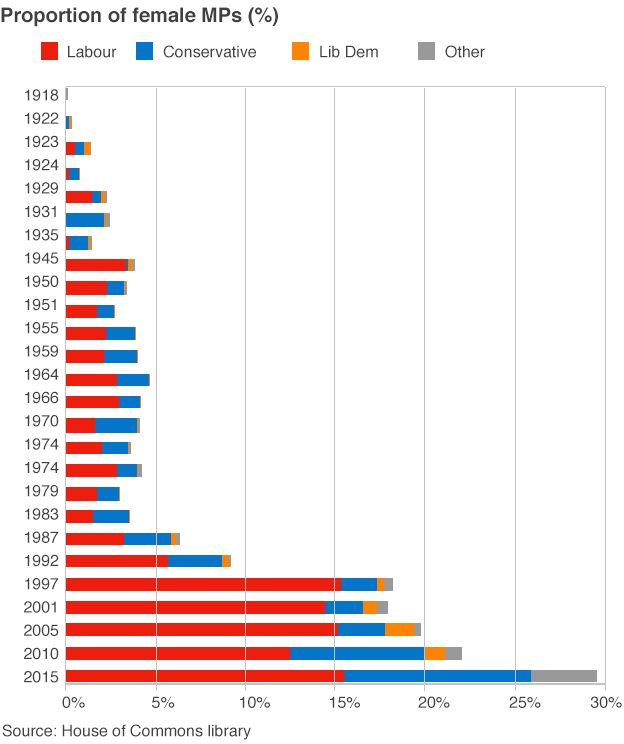The standard of living in the UK is something that has risen almost imperceptibly over the decades. It takes somebody who has spent a great many years on the planet, with a good recall of the past, to illustrate how what we regard as every day essentials used to be regarded as impossibly luxuriant dream goods.
Historian and writer William Woodruff wrote of his upbringing in the Blackburn of 1916 in his book The Road to Nab End. In what sounds today like a Pythonesque parody of northern poverty, Woodruff relates about people being woken at 5am, to walk to the mill in their clogs six days a week. Home consisted of a two-up-two-down house with a slate floor dusted with sand downstairs, and a boarded floor upstairs you could see through the gaps of and hear a conversation downstairs as if you were in the room. Woodruff and his brother shared a bed with their parents, and his two sisters shared a bed in the other room. During the depression of the 1920s they went without coal over winter for weeks, and without even stale bread to eat for days at a time.
You tell that to kids nowadays and they don't believe you, etc. etc.....
If you think that's extreme or far fetched, here's some government statistics that back up that what we used to consider an every day necessity sounds today like something out of the ark. And likewise, what we consider necessity today seems like a ridiculously flimsy nice-to-have by comparison.
The government has been measuring inflation using something called the Retail Price Index (RPI) since the 1950s. To do this they defined a shopping basket of 700 common consumer items of the day that they could measure the cost of over time to see whether the cost of living was going up or down. Conveniently, this also shows how our attitudes to what is a 'common consumer item' change over time.
In the 1950s, we regarded a mangle, some candles and some frozen cod as standard consumer items. By the 1970s that basket included Smash mashed potato, cassette recorders and duvets. By the 2000s we regarded MP3 players, mobile phones and fruit smoothies as being equivalent consumer items!
By the RPI basket of 2015 we have added on-line games console subscriptions, e-cigarettes and a streaming music subscription to our basket of essential items.
You tell that to kids in Blackburn in 1916 and they don't believe you, etc. etc.....
Historian and writer William Woodruff wrote of his upbringing in the Blackburn of 1916 in his book The Road to Nab End. In what sounds today like a Pythonesque parody of northern poverty, Woodruff relates about people being woken at 5am, to walk to the mill in their clogs six days a week. Home consisted of a two-up-two-down house with a slate floor dusted with sand downstairs, and a boarded floor upstairs you could see through the gaps of and hear a conversation downstairs as if you were in the room. Woodruff and his brother shared a bed with their parents, and his two sisters shared a bed in the other room. During the depression of the 1920s they went without coal over winter for weeks, and without even stale bread to eat for days at a time.
You tell that to kids nowadays and they don't believe you, etc. etc.....
If you think that's extreme or far fetched, here's some government statistics that back up that what we used to consider an every day necessity sounds today like something out of the ark. And likewise, what we consider necessity today seems like a ridiculously flimsy nice-to-have by comparison.
The government has been measuring inflation using something called the Retail Price Index (RPI) since the 1950s. To do this they defined a shopping basket of 700 common consumer items of the day that they could measure the cost of over time to see whether the cost of living was going up or down. Conveniently, this also shows how our attitudes to what is a 'common consumer item' change over time.
In the 1950s, we regarded a mangle, some candles and some frozen cod as standard consumer items. By the 1970s that basket included Smash mashed potato, cassette recorders and duvets. By the 2000s we regarded MP3 players, mobile phones and fruit smoothies as being equivalent consumer items!
 |
| Source: BBC News in 2009 |
You tell that to kids in Blackburn in 1916 and they don't believe you, etc. etc.....
 |
| Source: The ONS 2015 |










